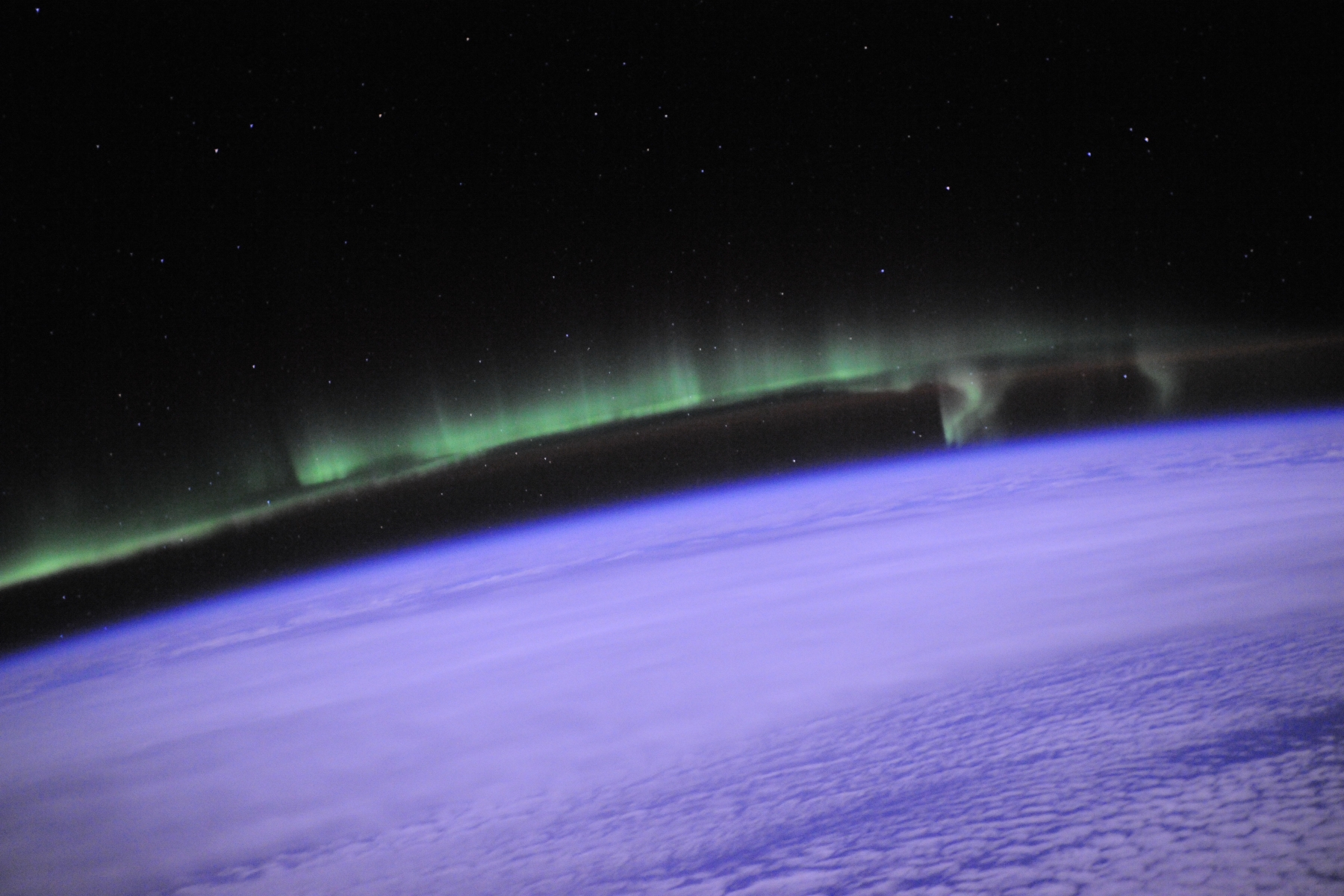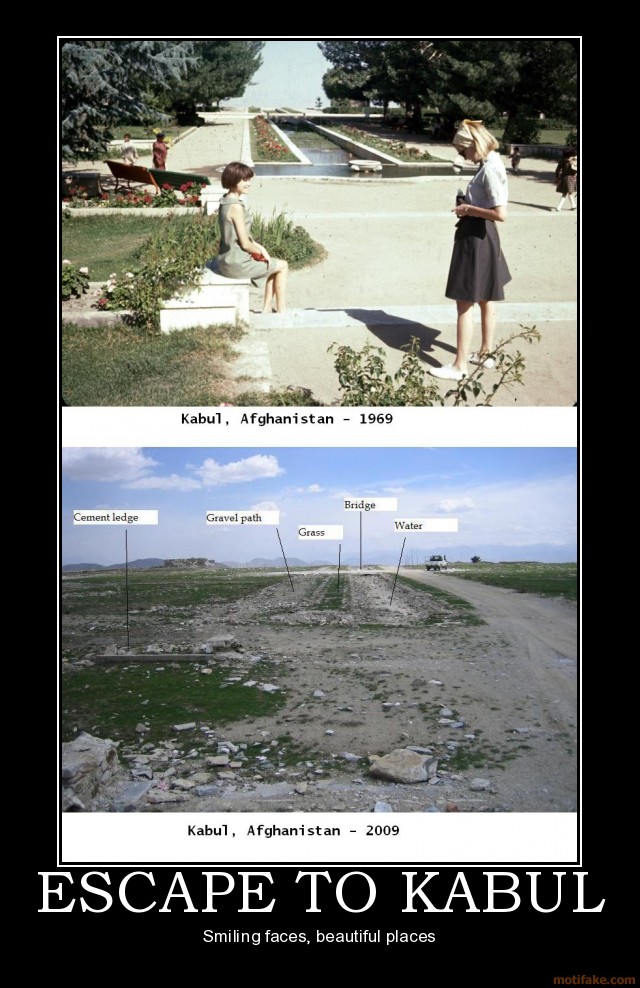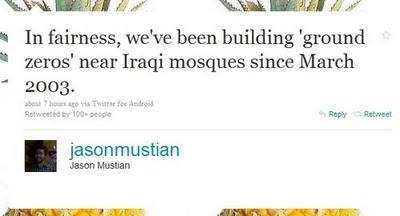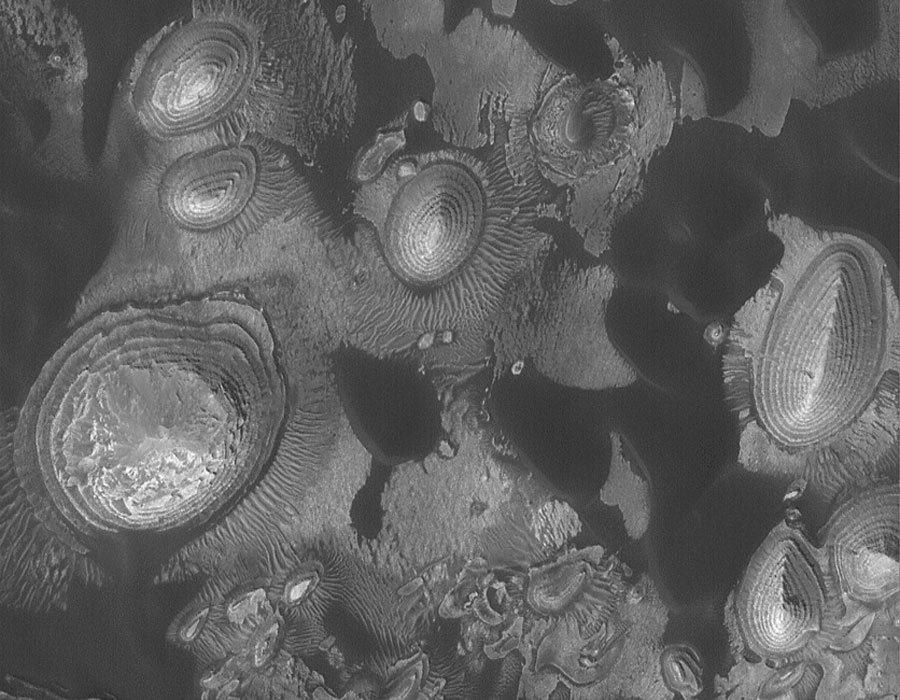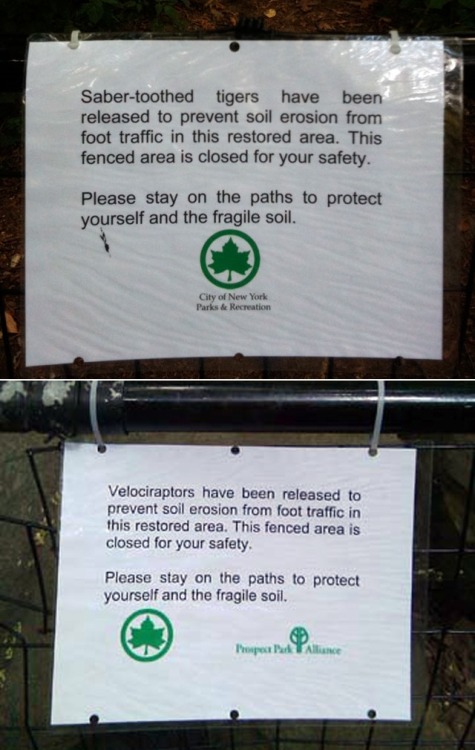That answer should also include a statement that "Supervolcano" doesn't really have a defined meaning, and isn't used by volcanologists or geologists generally. It was created as an attention-getter by the BBC. From Wikipedia,What are some examples of supervolcanoes?
Volcanoes that produced exceedingly voluminous pyroclastic eruptions and formed large calderas in the past 2 million years would include Yellowstone, Long Valley in eastern California, Toba in Indonesia, and Taupo in New Zealand. Other 'supervolcanoes' would likely include the large caldera volcanoes of Japan, Indonesia, Alaska (e.g. Aniakchak, Emmons, Fisher), and other areas.
The term "supervolcano" was originally used in the BBC popular science television program Horizon in 2000 to refer to these types of eruptions. That program introduced the subject of large-scale volcanic eruptions to the general public.Here's another:
Volcanologists and geologists do not refer to "supervolcanoes" in their scientific work, since this is a blanket terms that can be applied to number of different geothermal conditions.
Now that is actually a pretty nice answer, with lots of clear and succinct information. My quibble? There are almost certainly lots of faults in the Great Valley, but most if not all are not currently active. I'm not a big fan of the phrase "earthquake fault," but I do think it serves something of a purpose in helping people understand that some faults present a seismic risk of greater or smaller magnitude, but others do not. The fact that a particular fault isn't believed to be a potential earthquake risk doesn't make it "not-a-fault" though. And as I said, there are probably plenty of faults in the valley. They may not be mapped, though, because most of the bedrock is buried under a deep blanket of alluvial fill. So the above answer, while I like it generally, simply needs to clarify the distinction between active and inactive exposed faults and inactive obscured faults.Why are there no faults in the Great Valley of central California?
The Great Valley is a basin, initially forming some ~100 million years ago as a low area between the subducting ocean plate on the west (diving down under the North American plate) and the volcanoes to the east (now the Sierra Nevada mountains). Since its formation, the Great Valley has continued to be low in elevation. Starting about 15 million years ago the tectonics changed in California and instead of the ocean plate diving down under the North American plate, it began to slide along it, with the ocean plate moving northward. This movement occurs along the San Andreas fault and the many other faults that are roughly parallel to it.
The faults on the east side of the Great Valley, mostly in Nevada, are the result of the North American plate pulling apart there, in a different tectonic setting that results in the linear mountain ranges and long valleys you can see there. The faults just to the east of the Great Valley are mostly old faults and may or may not still be active today. So there is movement of faults in two separate regimes: sideways motion along the San Andreas system to the west-southwest, and pull apart motion along the faults mostly in Nevada to the east-northeast of Sacramento.
The third one, which really got under my skin, and was the reason I started setting these aside to see if there was a pattern, was this one:
Do you see anything in there that answers the question? It's not that risks to coral and reefs are unimportant, but the question posed is ignored, and in fact, the "answer" presumes that the reader already knows what a coral reef is. Here are the first two paragraphs from the Wikipedia page:What is a coral reef?
Coral reefs can be damaged by natural processes, such as storms, but they are increasingly at risk from human activities. Oil spills and pollutants can threaten entire reefs. Excessive nutrients from land sources, such as sewage and agricultural fertilizers, promote the growth of algae that can smother corals. Other organisms harmful to corals, such as crown-of-thorns starfish, multiply when the species that prey on them are removed.
Coral productivity is also decreased when land developments for agriculture, industry, and housing increase sediment transported from land into coastal waters as runoff. This clouds the waters and blocks light necessary for photosynthesis by algae living in corals. Corals face serious risks from various diseases. When corals are stressed, they often expel the algal symbionts that are critical to their health in a process commonly known as coral bleaching. One known cause of coral bleaching is increases in ocean temperatures, possibly due to global warming.
So, what's being done to protect coral reefs? Scientists worldwide are working to understand the impacts of natural processes and human activities on the health and sustainability of coral reefs. In the United States, this effort is being coordinated by the U.S. Coral Reef Task Force. As part of the task force, the USGS is contributing to the effort to understand the biological and geological controls that affect our Nation's coral reefs. USGS coral reef research focuses on detailed mapping of reefs, the development of monitoring techniques, studying reefs' geologic growth and development, and how they are affected by water quality, fishing, and sedimentary and hydrologic processes. These efforts will help provide information that is essential if coral reefs are to be saved.
Coral reefs are underwater structures made from calcium carbonate secreted by corals. Corals are colonies of tiny living animals found in marine waters containing few nutrients. Most coral reefs are built from stony corals, and are formed by polyps that live together in groups. The polyps secrete a hard carbonate exoskeleton which provides support and protection for the body of each polyp. Reefs grow best in warm, shallow, clear, sunny and agitated waters.Look, the USGS has, in any one of its employees, more geological expertise than I have or ever will have. I'm not sure what's going on here, and these are three chosen bits that stood out to me as being sub par, incomplete, or off the mark. I'm not by any means suggesting these are representative. But when I see better answers to geological questions at Wikipedia than from our National Geological Survey, it bugs me.
Often called “rainforests of the sea”, coral reefs form some of the most diverse ecosystems on earth. They occupy less than 1% of the world ocean surface, about half the area of France, yet they provide a home for 25% of all marine species, including fish, molluscs, echinoderms and sponges.


